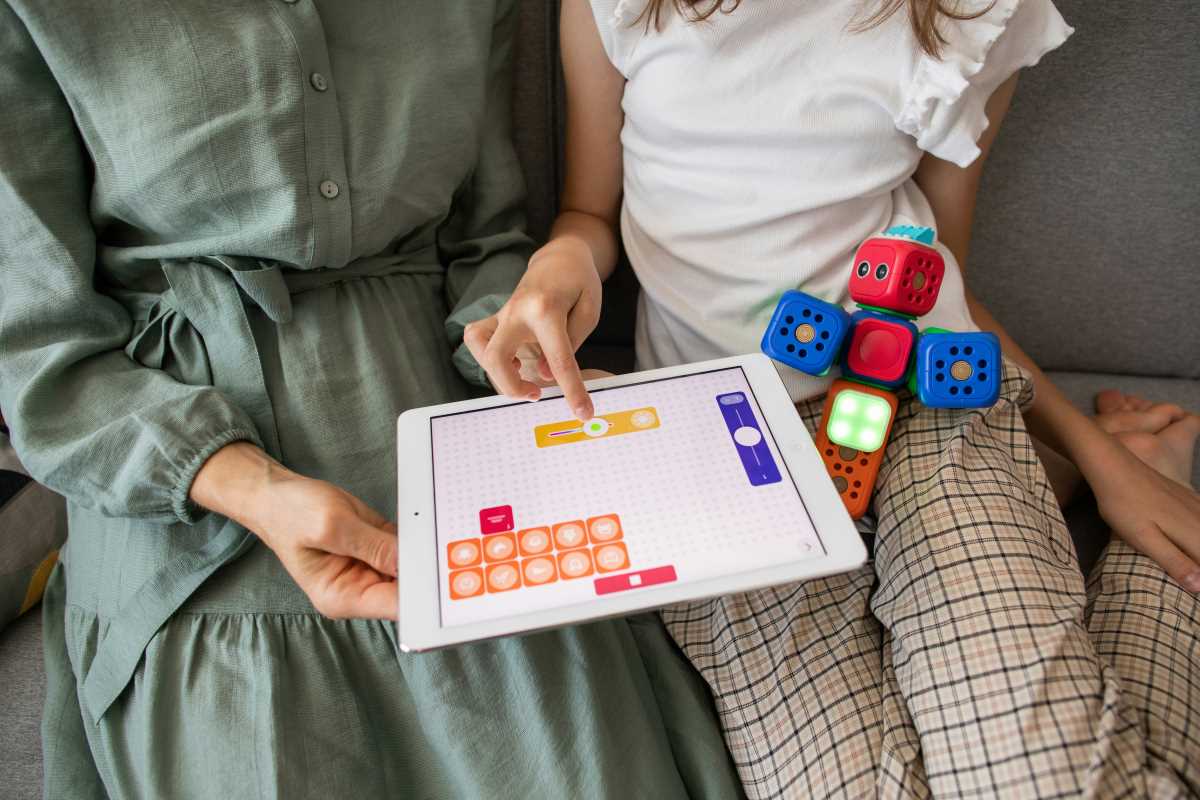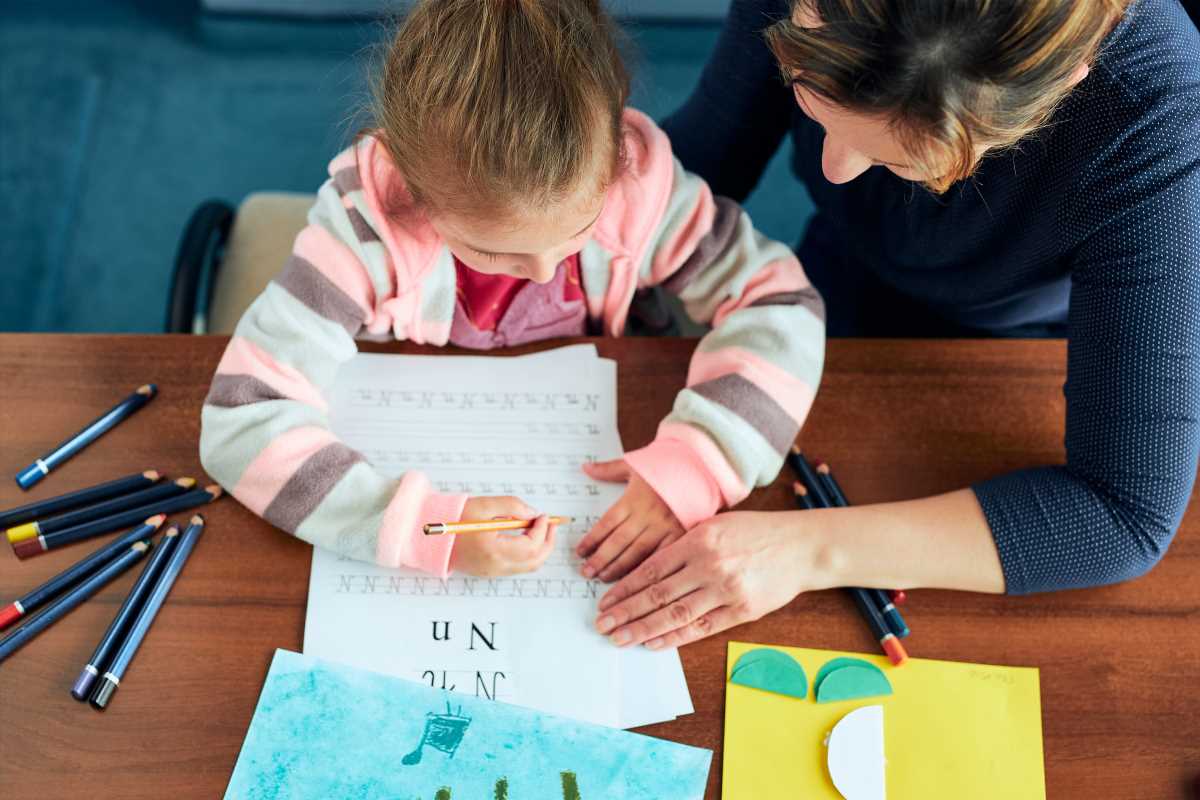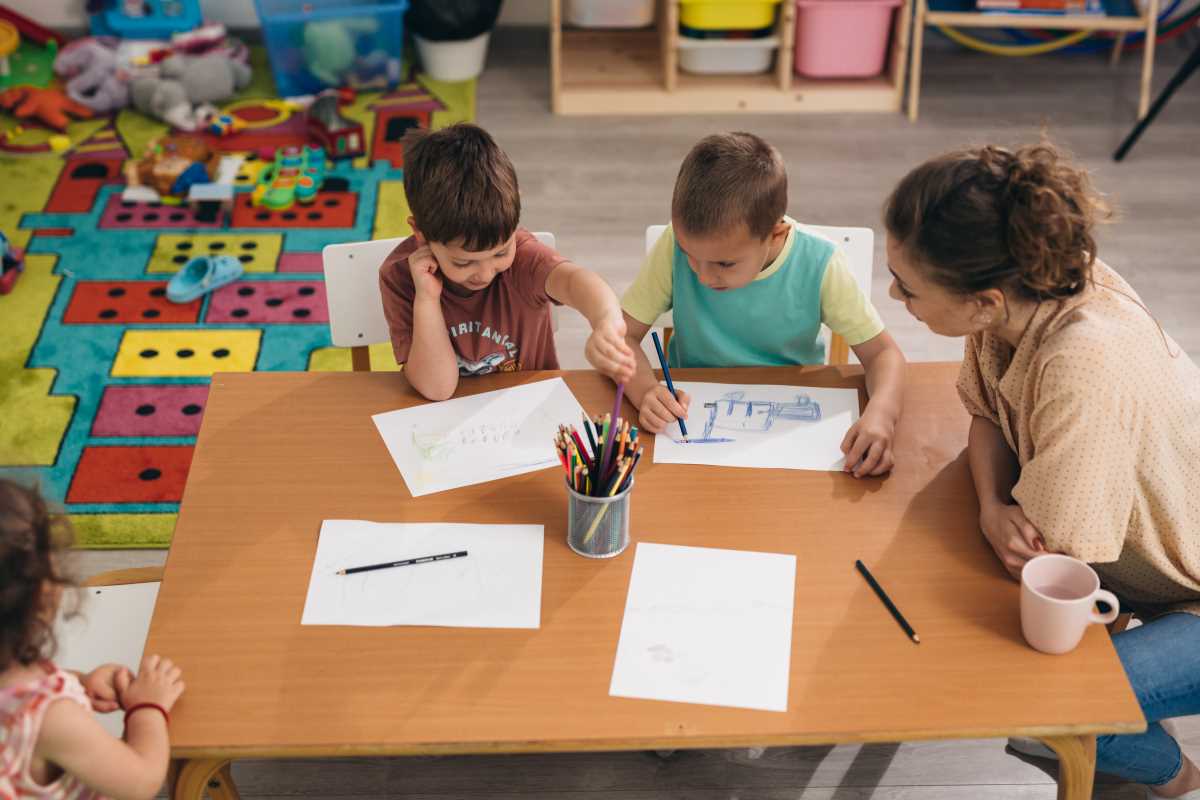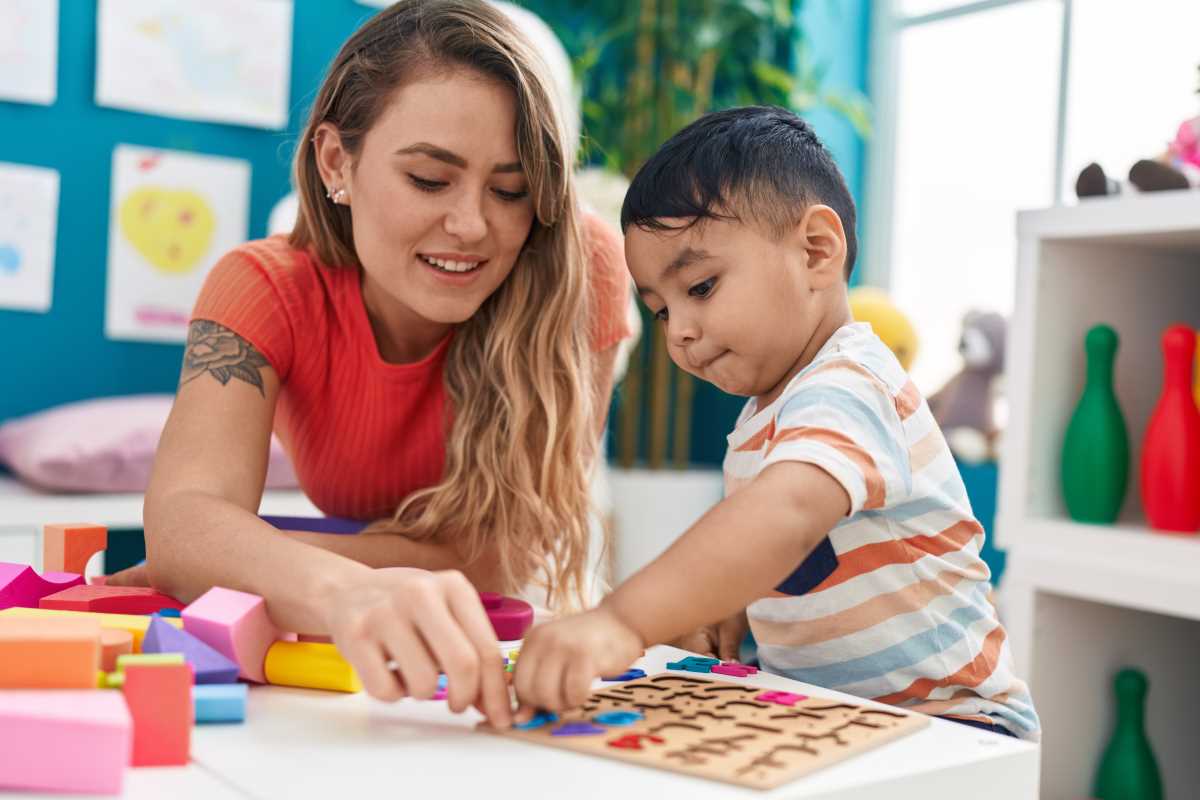Children build friendships, discover new interests, and experience pure joy through play. Every child deserves the chance to take part, no matter their abilities or background. By adjusting activities so that everyone can participate, adults help create an atmosphere where no one feels left out. This approach focuses on making playtime inviting and open, encouraging every child to join in and feel at ease. The following discussion shares down-to-earth ways to set up spaces and plan activities where each child feels included and valued, while keeping the tone upbeat and easy to follow.
Children bring their own strengths and needs to the playground, and when we understand these differences, we can make meaningful adjustments to play. This guide presents clear, everyday advice to help families and educators create spaces that invite togetherness.
Understanding Inclusive Play
Inclusive play involves designing games, activities, and spaces so that every child, regardless of their learning differences, can participate and have a blast. It means recognizing unique ways of learning and interacting and using practical adjustments to ensure everyone is comfortable joining in. Inclusive play builds understanding and makes sure that everyone feels part of the group.
This approach depends on genuine connections between children as well as between educators and families. When play is accessible, children learn from each other, improve their social skills, and even explore new interests in a supportive environment. The goal is to balance fun and learning while respecting each child's personality and needs.
Recognizing Barriers to Inclusion
Sometimes challenges block children from fully participating in playgrounds or group activities. Physical layout, equipment that doesn't meet all needs, or social hurdles can create gaps that are hard to bridge. Spotting these obstacles is the first step in finding workable solutions.
- Limited access to adaptive equipment
- Negative peer attitudes or misunderstandings
- Unfamiliarity with different learning styles
- Lack of clear instructions for alternative ways to join in
- Overly competitive or structured play that excludes slower-paced engagement
Recognizing these issues allows families and educators to design activity setups that enable every child to interact safely and happily. The aim is to gently adjust both social and physical elements of play so that barriers give way to creativity and shared excitement.
7 Practical Ways to Promote Inclusive Play for Children With Diverse Learning Needs
- Adjust game rules. Start by reviewing current game plans and proposing small changes that make activities easier for everyone to join. For example, simplify steps or offer choices of tasks that suit different strengths. This flexibility in play helps children feel confident about participating, regardless of how they learn best. Keep game modifications simple and easy to understand so all players feel comfortable.
- Create adaptable learning stations. Think about setting up areas at the playground with different types of challenges. One station might focus on physical skills, while another offers puzzles or imaginative tasks. These stations encourage children to select activities that match their style, providing variety and respecting everyone's pace.
- Invite children to help set up the playground. Ask the kids which games and zones they prefer. Their input fosters a sense of ownership and makes sure play reflects their interests. This method also sparks creativity and shows each child that their ideas matter. Their direct involvement creates an environment where everyone feels important.
- Design quiet zones. Not every child thrives in loud play environments. Offer spots with softer textures, gentle lighting, or a calm corner where children can relax if the activity becomes overwhelming. Providing these spaces helps children with diverse sensory needs have a safe retreat while still taking part in group interactions.
- Encourage role swapping and teamwork tasks. Create activities where children can change roles often and work together on cooperative missions. Rotating responsibilities keeps everyone involved and helps children manage roles that might seem difficult with peer support. This method strengthens bonds and helps children understand different functions and challenges during play. It promotes cooperation and learning from each other.
- Use visuals and tactile aids. Provide picture cards or physical guides to explain game steps, rules, or social cues. Such tools support children who need extra help processing instructions. When visual or tactile cues guide play, every child feels more capable of keeping up with group activities and discussions.
- Offer ongoing encouragement. Foster a supportive environment where every child's progress receives recognition. Peers and adults can celebrate small achievements and creative ideas, emphasizing growth and participation. Timely praise and spontaneous recognition help create a positive atmosphere, making children feel seen and appreciated during every round of play.
Supporting Peer Support and Positive Social Interactions
Creating an environment where children naturally support each other leads to livelier play. When kids share in each other's successes or help overcome difficulties, play turns into a cooperative activity where differences matter less than teamwork.
Simple team tasks or group challenges help children recognize each other's strengths and build friendships that extend beyond play. This approach encourages respect and a true sense of belonging, making everyone more eager to join the fun.
Adapting Play Areas and Materials
Rearranging spaces to meet each child's needs can make a big difference. Changing layouts and using both indoor and outdoor areas transforms the traditional playground into a welcoming zone. Add adjustable seating, clear signs, or soft textures to help children move around easily.
Materials also need to suit different learning styles. Choose items that inspire creativity and have multiple uses. Whether it's building blocks that can be assembled in various ways or interactive toys that respond to touch and sound, small changes in materials can significantly improve how children connect with play.
Involving Families and Teachers
Involving families and teachers in conversations about play fosters a deeper understanding of each child's needs and promotes consistency across home and school. Workshops and shared activities help everyone see the impact of small adjustments, strengthening community bonds. Together, creativity and collaboration can transform any space into an inclusive, welcoming environment for all children.







